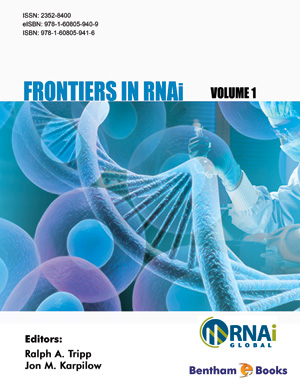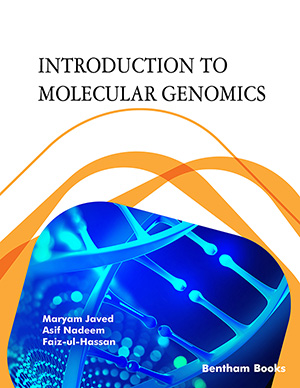Abstract
Hsp70 molecular chaperones play a variety of functions in every organism, cell type and organelle, and their activities have been implicated in a number of human pathologies, ranging from cancer to neurodegenerative diseases. The functions, regulations and structure of Hsp70s were intensively studied for about three decades, yet much still remains to be learned about these essential folding enzymes. Genome sequencing efforts revealed that most genomes contain multiple members of the Hsp70 family, some of which co-exist in the same cellular compartment. For example, the human cytosol and nucleus contain six highly homologous Hsp70 proteins while the yeast Saccharomyces cerevisiae contains four canonical Hsp70s and three fungalspecific ribosome-associated and specialized Hsp70s. The reasons and significance of the requirement for multiple Hsp70s is still a subject of debate. It has been postulated for a long time that these Hsp70 isoforms are functionally redundant and differ only by their spatio-temporal expression patterns. However, several studies in yeast and higher eukaryotic organisms challenged this widely accepted idea by demonstrating functional specificity among Hsp70 isoforms. Another element of complexity is brought about by specific cofactors, such as Hsp40s or nucleotide exchange factors that modulate the activity of Hsp70s and their binding to client proteins. Hence, a dynamic network of chaperone/co-chaperone interactions has evolved in each organism to efficiently take advantage of the multiple cellular roles Hsp70s can play. We summarize here our current knowledge of the functions and regulations of these molecular chaperones, and shed light on the known functional specificities among isoforms.
Keywords: Hsp70, Ssa1, chaperone network, functional specificity.


















